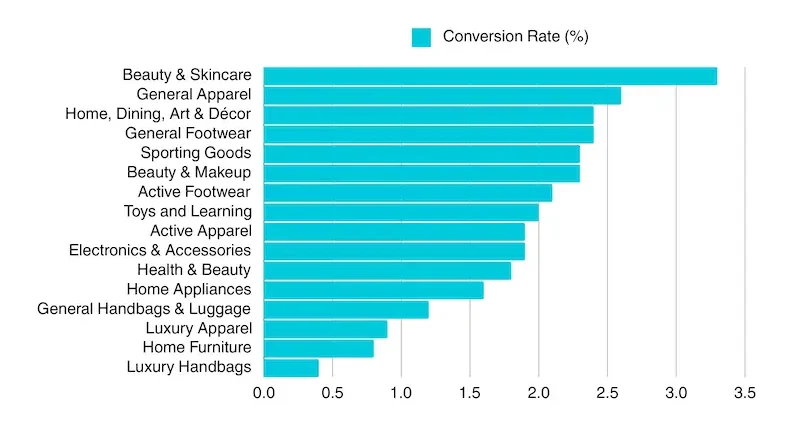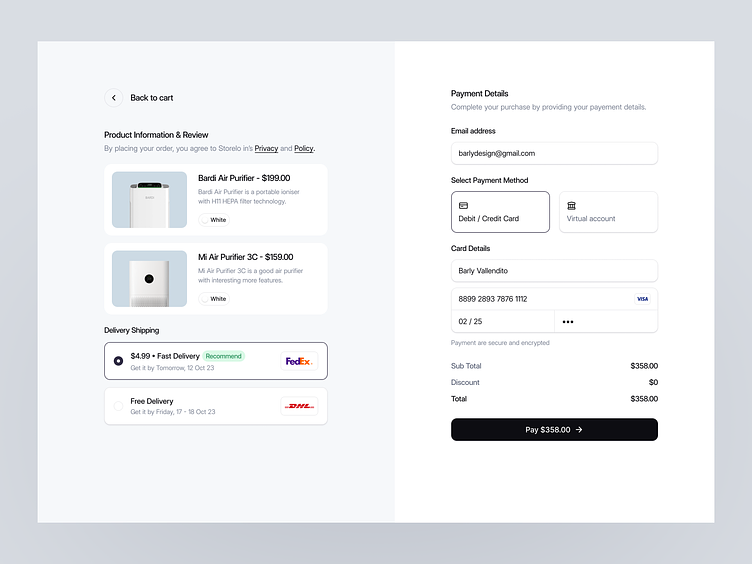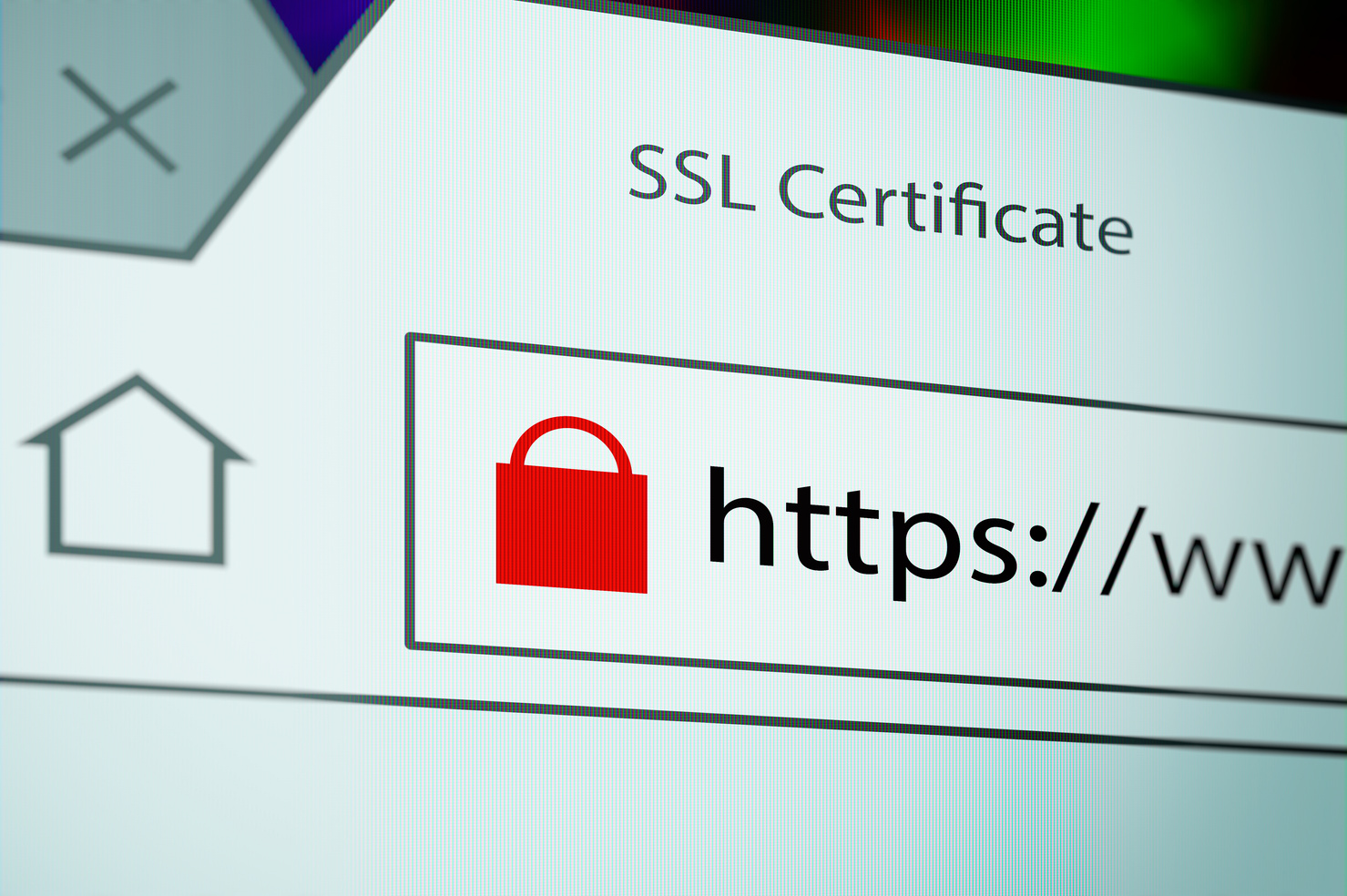Running an e-commerce store is like captaining a ship on the high seas—some days, the waters are calm, and other days, you’re battling waves and winds. With the right e-commerce quick fixes, you can weather the storms and keep your business sailing toward success.
1. Conversion Rate Optimization: Turning Visitors into Customers
Did You Know? The average e-commerce conversion rate is about 2.5% to 3%, and top stores hit over that. Source; Shopify.
Your website is more than just a digital storefront—it’s where curiosity transforms into desire. To capitalize on this, you’ll need a seamless customer journey from entry to checkout.
One of the most impactful e-commerce quick fixes you can make is optimizing your conversion rate.

Streamline Your Checkout Process: Simplifying your checkout process is key. Remove unnecessary steps, offer guest checkout, and prioritize capturing the customer’s email early in the process. This approach not only reduces friction but also provides you with an opportunity to re-engage those who might abandon their cart.
Enhance Your CTAs: Calls-to-Action (CTAs) are the digital equivalent of a helpful shop assistant, guiding your customers to the purchase. Use compelling, action-oriented language, and ensure your CTAs are visually prominent and strategically placed to drive conversions.
Optimize Product Pages: Your product pages should do more than display your products—they should sell them. Utilize high-quality images, detailed descriptions, and customer reviews to provide all the information a potential buyer needs. Consider adding videos or 360-degree views to further enhance the customer experience.

2. E-Commerce Quick Fixes for Reducing Cart Abandonment: Recover Lost Customers
Insight: Nearly 7 out of 10 shoppers abandon their carts before completing a purchase. But why?
Cart abandonment is a common challenge, but with strategic interventions, it can also be an opportunity.
Price Transparency: Be upfront about all costs—shipping, taxes, and any additional fees. Transparency fosters trust and significantly reduces the likelihood of cart abandonment.
Simplify Checkout: To address cart abandonment, one of the essential e-commerce quick fixes is simplifying the checkout process. Streamline your checkout process to minimize steps and clicks. A one-page checkout often works wonders by keeping the process straightforward and user-friendly.
Cart Abandonment Emails: Send personalized, timely reminders to customers who leave items in their cart. Include product images and offer a small incentive like a discount or free shipping to entice them back.
Exit-Intent Popups: Deploy an exit-intent popup with a special offer just as a customer is about to leave your site. It’s a subtle but effective way to retain potential buyers.

3. Improve Site Speed and Performance: Faster Sites, Higher Conversions
Insight: A one-second delay in page load time can cost you 7% in conversions. Speed is crucial in today’s fast-paced online environment.
A slow site is a major deterrent for shoppers. Here’s how to ensure your e-commerce site runs as smoothly as possible:
‘These might sound like technical tactics, but at ABECODS, we believe in empowering you to take control of your business’s digital strategy.’
Optimize Images: Think of images on your website like pictures hanging in your store. If they’re too large or heavy, they slow everything down. Instead, make them lighter by compressing them—this keeps them looking great without making your site sluggish. Using newer image formats like WebP can also help maintain quality while speeding up load times.

Clean Up Your Website’s Code: Imagine if the shelves in your store were cluttered with unnecessary items—it would slow down your customers, right? Your website’s code is the same. By removing any unnecessary parts and combining what you can, you make it easier and faster for visitors to browse your site.
Use a Content Delivery Network (CDN): Think of a CDN as having mini-stores all over the world. Instead of every customer having to visit your main store, they can go to the closest one, which means they get what they need faster. This ensures your website loads quickly no matter where your customers are.

4. Optimize for Mobile: Capture the Mobile Shopper

Eye-Opener: Over 85% of cart abandonment happens on mobile. If your site isn’t mobile-friendly, you’re losing out.
With more consumers shopping on mobile devices, your site must be optimized for small screens and quick interactions.
Responsive Design: Ensure your site adapts seamlessly to any device, providing a consistent and engaging experience across all screen sizes.
Simplify Mobile Navigation: Use a hamburger menu and prioritize ease of use, ensuring that mobile shoppers can easily find what they’re looking for.
Mobile Checkout: Make mobile checkouts swift and simple. Incorporate mobile payment options like Apple Pay and Google Pay to streamline the process.
Design for Mobile: Keep layouts uncluttered, with easy-to-read fonts and buttons that are large enough to tap without frustration.
5. Boost SEO and Organic Traffic: Attract the Right Visitors
Insight: 45.1% of all website traffic comes from organic search. SEO is your gateway to attracting high-intent customers. Source; Forbes.
Effective SEO not only brings more traffic but also attracts visitors who are more likely to convert.
Focus on Long-Tail Keywords: Target specific, less competitive keywords that align closely with your customers’ search intent. These keywords are the secret to drawing in qualified traffic.
Optimize Product Descriptions: Create unique, keyword-rich product descriptions that highlight benefits over features. This not only improves SEO but also makes your products more appealing to potential buyers.
Improve Site Structure: A well-organized site improves navigation for both users and search engines. Clear categories, easy-to-find products, and strategic internal linking are essential.
Paid Advertising and PPC: Complement your SEO efforts with Pay-Per-Click (PPC) advertising. This approach gives you immediate visibility, particularly for competitive keywords, ensuring your store attracts shoppers who are ready to buy.

6. Paid Advertising and PPC: Boost Your Visibility Instantly
Insight: Paid advertising, especially Pay-Per-Click (PPC), drives immediate traffic to your store and puts your products in front of high-intent shoppers. According to WordStream, businesses make an average of $2 in revenue for every $1 spent on Google Ads.
While organic traffic is a long-term investment, Paid advertising is another vital component of e-commerce quick fixes, helping you drive immediate traffic and conversions. paid ads provide a fast, scalable way to reach your target audience—especially for competitive keywords. It’s like putting up a billboard on a busy highway or ensuring your store appears at the top of search results.
Target the Right Audience: Paid advertising allows you to fine-tune who sees your ads. You can target customers based on demographics, interests, behaviors, and even their search intent. This precision ensures your ad dollars are spent wisely, focusing on shoppers who are ready to buy.
Optimize Your PPC Campaigns: Use A/B testing to optimize your PPC ads. Experiment with different headlines, ad copy, and even images to see which resonates best with your audience. Tools like Google Ads offer insights into what’s working and what needs adjusting.
Retarget Cart Abandoners: Retargeting ads remind potential customers who have left your site without making a purchase. These ads can follow them across the web, bringing them back to your store with tailored offers, such as discounts or free shipping.
Complement SEO Efforts: Combining PPC with SEO provides the best of both worlds. While your SEO efforts build long-term visibility, PPC campaigns deliver immediate results. Together, they ensure your store gets found, whether through organic search or paid placements.

7. Content Marketing and Social Proof: Build Trust and Drive Engagement to your e-commerce store
Insight: 84% of people trust online reviews as much as personal recommendations. Content marketing and social proof are key to building trust. Source; Wisernotify.
Content marketing isn’t just about attracting visitors—it’s about fostering trust and encouraging engagement by providing what customers are searching for.
Create High-Value Content: Develop content that educates, entertains, or solves a problem for your audience. This positions your brand as an authority and keeps visitors coming back.
Leverage User-Generated Content (UGC): Encourage customers to share their experiences through reviews and social media posts. UGC serves as powerful social proof that builds credibility.
Integrate Social Proof Across Your Site: Display customer reviews, ratings, and testimonials prominently on product pages. This can significantly influence purchase decisions and enhance trust.
Content and SEO Synergy: Ensure your content is optimized for search engines, targeting keywords that will drive organic traffic to your site. This strategy not only improves SEO but also aligns your content with customer intent.

8. Build Trust and Security: Assure Customers It’s Safe to Buy from your e-commerce store
Insight: 70% of online shoppers abandon their cart due to trust issues. Establishing trust is non-negotiable in e-commerce. Source; TechReport
Building trust is essential for converting visitors into buyers. Here’s how to make sure your site inspires confidence:
Secure Your Site with SSL: An SSL certificate is a must-have. It encrypts data and reassures customers that their information is safe with you.
Display Trust Badges: Trust badges are visual indicators of security and credibility. Place them near checkout to reassure customers of their safety.
Showcase Customer Reviews: Highlight positive reviews and testimonials on your product pages. This builds trust and encourages hesitant shoppers to make a purchase.
Clear Policies: Ensure that essential pages like shipping, return and refund policies, and privacy policies are easily accessible. Transparency is key to earning customer trust.

9. Improve User Experience (UX) and Navigation: Simplify the Path to Purchase
Insight: 88% of online consumers are less likely to return after a bad experience. A seamless UX is critical for customer retention. Source; UXCam.
User experience can make or break a sale. Here’s how to ensure a smooth, enjoyable shopping experience:
Create Intuitive Navigation: Your site should be easy to navigate, with clear labels and a logical structure that guides users effortlessly through the shopping process.
Enhance Search Functionality: A robust search function helps customers quickly find what they need. Implement auto-complete and filtering options to refine searches and improve user satisfaction.
Use Clear CTAs: Make sure your CTAs are prominent and easy to understand. They should guide users through the purchase process with clear, compelling language.

10. Increase Customer Retention and Repeat Purchases: Maximize Lifetime Value

Insight: Increasing customer retention by just 5% can boost profits by 25% to 95%. Customer retention is crucial for sustained success. Source; HubSpot.
Loyal customers are more valuable than new ones—they spend more, buy more frequently, and are more likely to recommend your store. Here’s how to keep them coming back:
Implement a Loyalty Program: Reward your best customers with points, discounts, and exclusive offers. A well-designed loyalty program encourages repeat purchases and builds long-term relationships.
Personalize the Shopping Experience: Use customer data to offer personalized recommendations and targeted email campaigns. Personalization makes customers feel valued and increases their likelihood of returning.
Enhance Post-Purchase Engagement: Stay in touch with customers after the sale through thank-you emails, feedback requests, and special offers for future purchases. Encourage guests to create accounts by offering incentives, and building your customer database for future marketing efforts.
Conclusion: Small Changes, Big Results
Q: Can these e-commerce quick fixes really make a difference?
Absolutely. Implementing these 10 e-commerce quick fixes can significantly elevate your business revenue without the need for a complete overhaul. In today’s competitive market, small yet targeted adjustments can lead to substantial growth. These fixes, from improving site speed to optimizing your checkout process, address common pain points that slow down your business.
Q: How quickly can I see results from these fixes?
Most of these fixes can yield results almost immediately. For example, streamlining your checkout process can reduce cart abandonment, and you may see a boost in completed purchases within days of implementation. Improving site speed can reduce bounce rates, while mobile optimization can instantly enhance the user experience for the growing number of mobile shoppers. While some fixes, like SEO improvements, may take longer to show full results, others offer immediate and noticeable benefits.
Q: Are these fixes expensive to implement?
Not at all. The great thing about these e-commerce quick fixes is that they don’t require significant investments. Many of the changes—such as improving CTAs, optimizing product pages, or offering guest checkout—can be implemented with minimal cost. Even adjustments like improving site speed or running targeted PPC campaigns can be done within a manageable budget. It’s all about using the right tools and strategies to get the most out of your investment.
Q: Which fix has the biggest impact on revenue?
While each business is different, improving conversion rates and reducing cart abandonment are often the most impactful. Streamlining the checkout process, for example, can significantly increase the percentage of visitors who complete a purchase. Additionally, implementing abandoned cart emails can recover potential lost sales, boosting revenue. It’s all about identifying the bottlenecks in your customer journey and addressing them first.
Q: What if I don’t have time to implement these fixes?
That’s where partnering with experts like Abeco Digital Solutions comes in. We understand that business owners are often stretched thin, juggling various tasks and responsibilities. Our team can handle the implementation of these e-commerce quick fixes for you, ensuring that they are done efficiently and effectively.
You won’t need to worry about the technical aspects—we’ll take care of everything, from analyzing your current site performance to rolling out improvements that will have an immediate impact on your revenue. Check our case studies
Q: How do I know which areas of my site need the most attention?.
A good starting point is to analyze your site’s performance data. Are visitors dropping off before completing a purchase? Is your site’s bounce rate high? Are mobile users struggling to navigate your store? By identifying where you’re losing potential customers, you can prioritize the fixes that will make the biggest difference. We can also assist in performing a site audit to pinpoint the areas that need attention most urgently.
Q: How do paid ads (PPC) fit into these quick fixes?
Paid advertising, especially PPC, can offer immediate visibility for your products. Unlike organic strategies that take time to build momentum, PPC can bring in high-intent shoppers right away. Combined with SEO efforts, PPC ensures that your store gets maximum exposure. It’s a quick fix that can significantly increase traffic and conversions when done correctly. Whether you’re new to paid ads or looking to optimize existing campaigns, this is one of the fastest ways to boost revenue.
Q: Is it difficult to integrate these fixes with my existing site?
No, most of these fixes can be seamlessly integrated into your current site without major disruptions. Whether it’s optimizing your checkout process or enhancing mobile performance, these changes are designed to work within your existing framework. If you’re unsure how to implement these changes, our team can handle the process for you, ensuring everything runs smoothly without downtime or inconvenience.
Ready to transform your e-commerce business?
Book your free consultation today with Abeco Digital Solutions, and let’s discuss how these quick fixes can drive the results you need to succeed. Whether you need help improving your site’s speed, optimizing for mobile, or running a successful PPC campaign, our team is ready to assist. Your revenue growth starts with a simple conversation, and we’re here to make those small changes that lead to big results.







